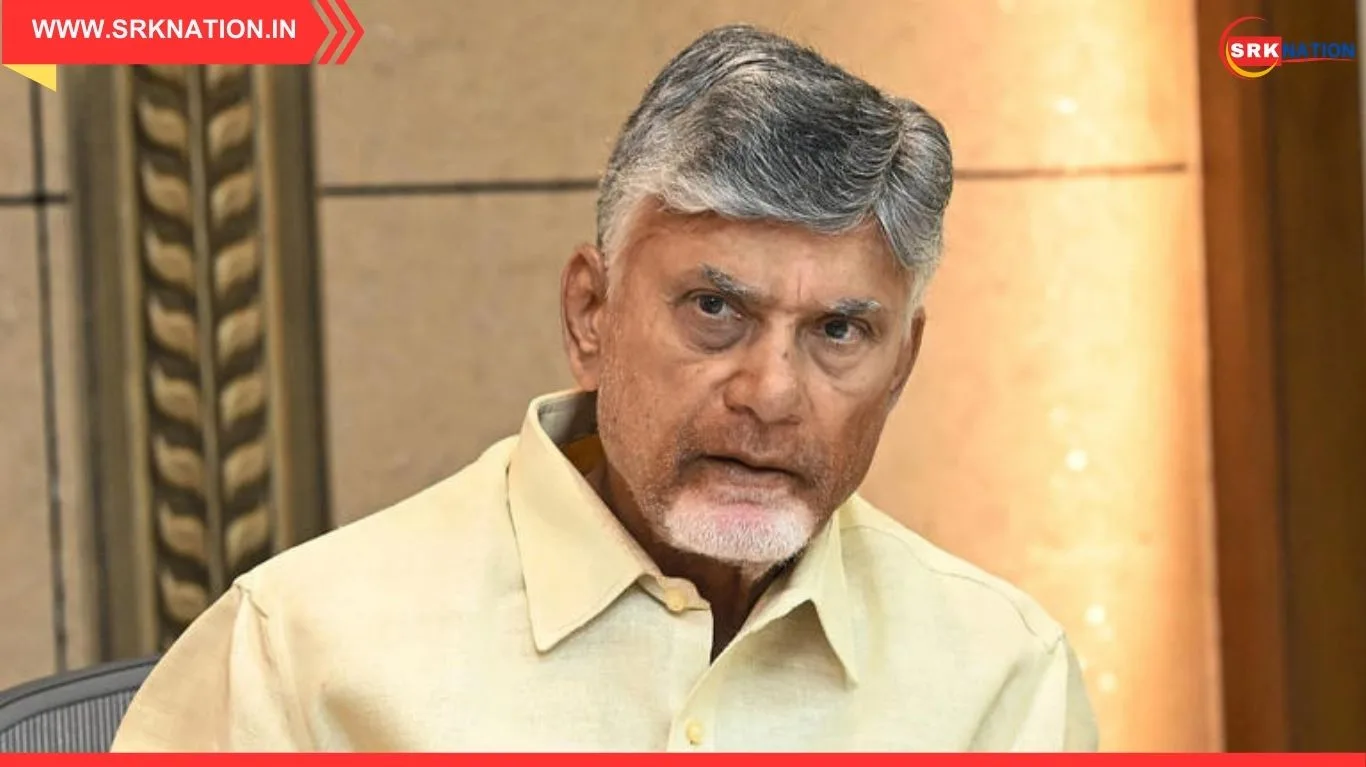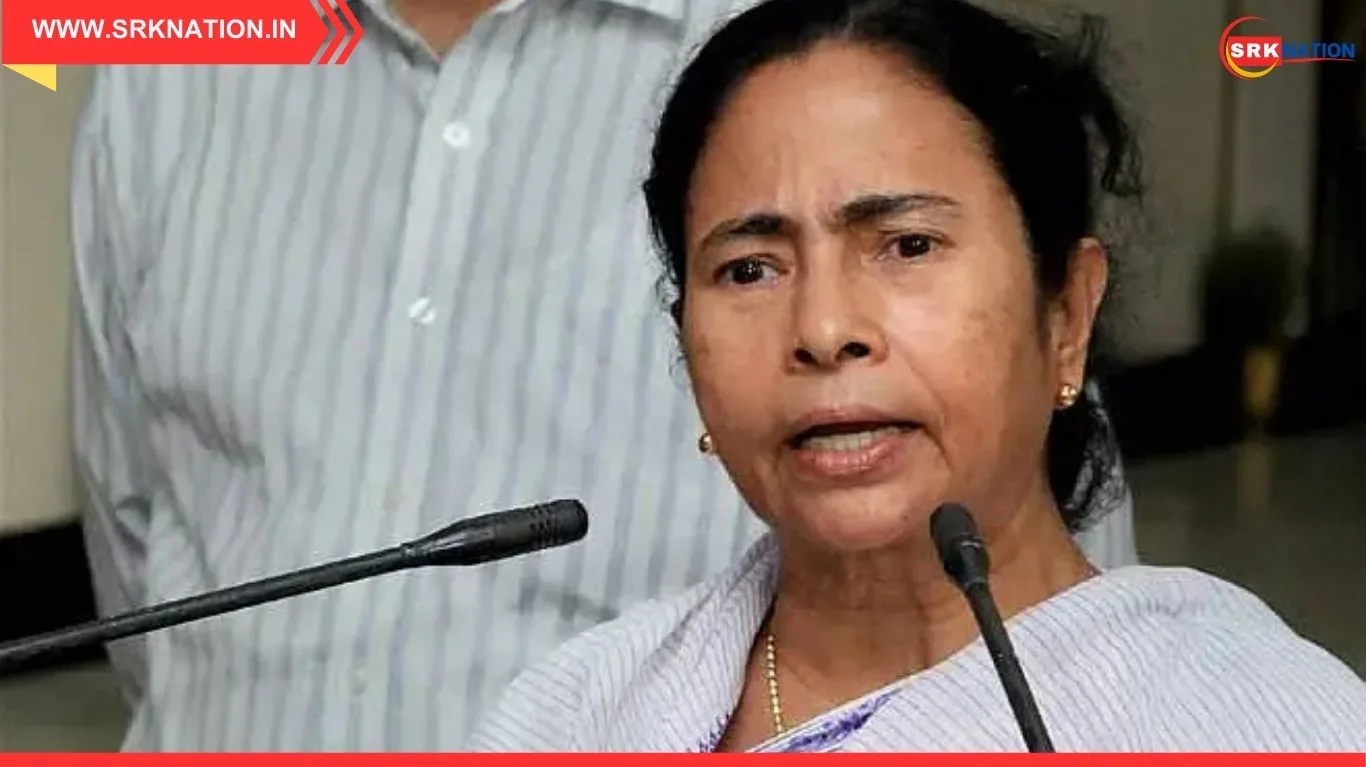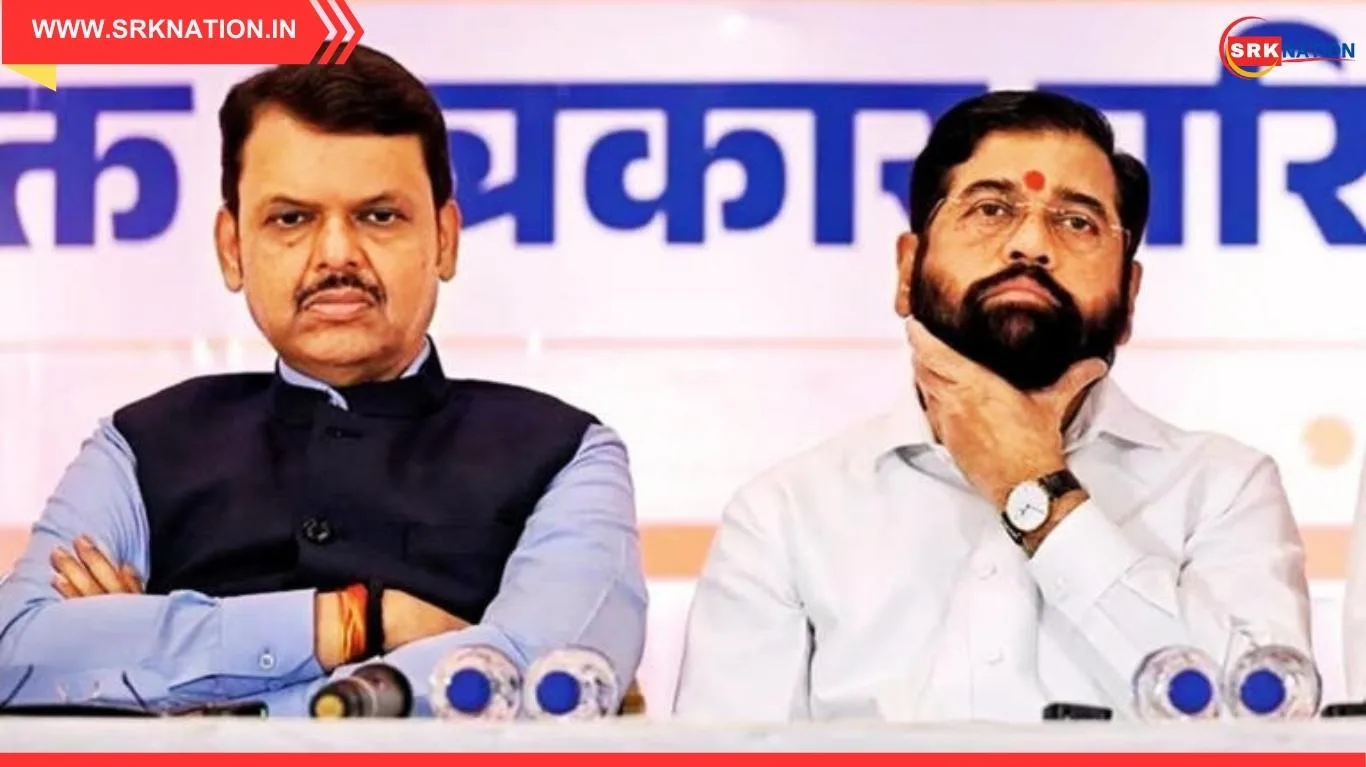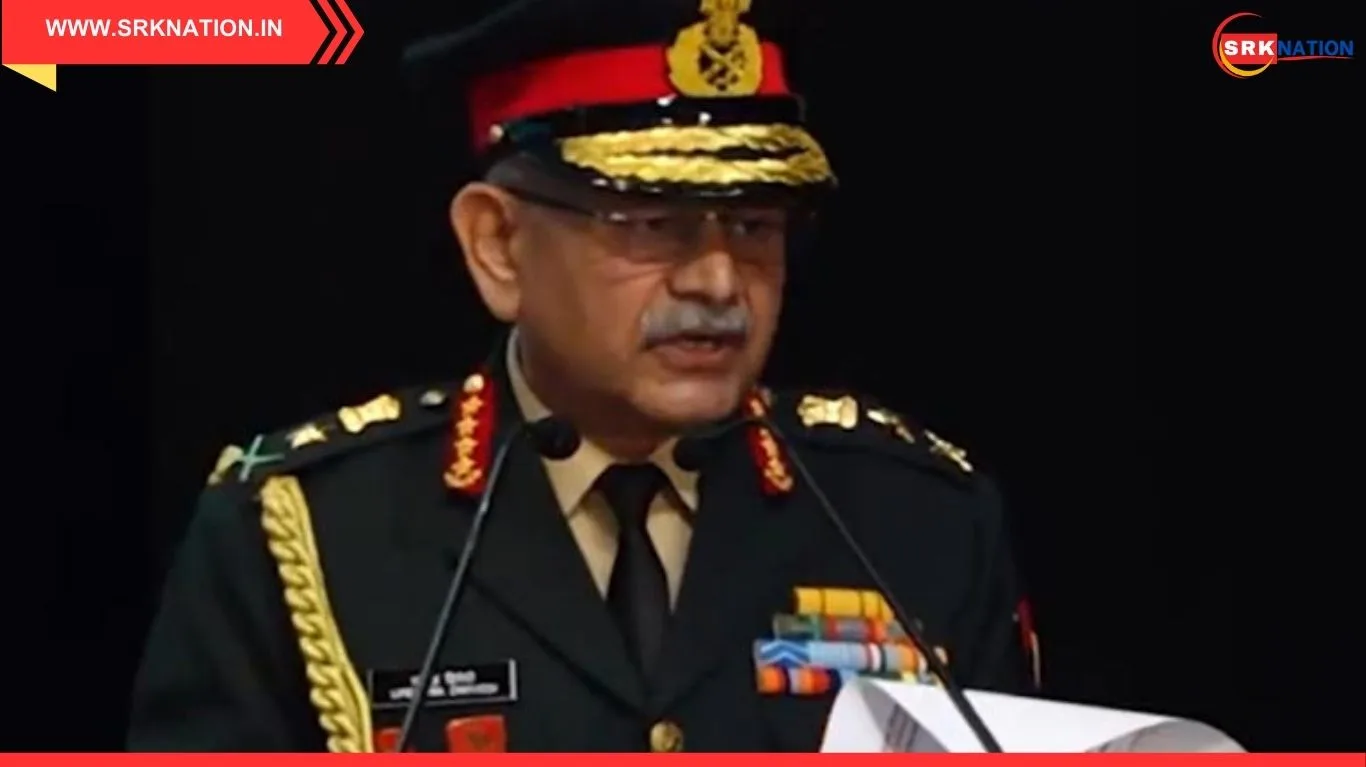The political battle in India has taken another digital turn as Congress leader Rahul Gandhi released a new video under his ongoing “vote theft” campaign, coining the phrase “chori chori, chupke chupke” to describe alleged electoral malpractice. The campaign, launched ahead of crucial state and national elections, highlights the Congress party’s growing emphasis on social media and visual storytelling to rally supporters and challenge the ruling Bharatiya Janata Party (BJP).
Rahul Gandhi’s video, which quickly gained traction across platforms like X (formerly Twitter), Facebook, Instagram, and YouTube, seeks to connect with common voters by framing the issue of election integrity as a matter of democratic survival.
The Message Behind “Chori Chori, Chupke Chupke”
The tagline of the campaign, drawn from a popular Bollywood song, has been re-contextualized by Rahul Gandhi to depict what the Congress alleges as “vote theft” by the ruling dispensation. In the video, Rahul Gandhi accuses the BJP of undermining democratic institutions, misusing state machinery, and manipulating electoral processes to retain power.
By using colloquial and cultural references, Congress hopes the message resonates with younger audiences and rural voters who are highly active on social media. The campaign blends satire with serious accusations, suggesting that democracy is being “stolen quietly and secretly, away from the people’s eyes.”
Congress’s Broader ‘Vote Theft’ Narrative
This video is part of a larger campaign that the Congress party has been running, accusing the government of:
- EVM Tampering Allegations – While the Election Commission has repeatedly denied manipulation, the opposition continues to raise suspicions.
- Suppression of Opposition Voices – Through arrests, raids, and disqualification of leaders.
- Bias in Media and Institutions – Congress has alleged that independent institutions are under pressure to favor the government.
- Voter Suppression Tactics – Accusations of deliberate removal of voter names from electoral rolls.
The narrative seeks to paint the ruling BJP as a party that thrives not on democratic legitimacy but on manipulation of electoral mechanisms.
Social Media as a Political Battleground
The use of catchy slogans and short videos reflects how political campaigns in India are shifting from traditional rallies and speeches to digital-first outreach. With over 750 million internet users in India, political parties recognize the power of viral content.
Rahul Gandhi, in particular, has been active on social media, leveraging personal storytelling, behind-the-scenes videos, and campaign documentaries. His “vote theft” series is designed to cut through mainstream media noise and directly reach citizens, especially the youth.
Comparative Analysis of Political Campaign Styles
| Political Party | Strategy | Key Platforms Used | Target Audience |
|---|---|---|---|
| Congress | Satirical videos, grassroots storytelling, “vote theft” campaign | X, YouTube, Instagram | Youth, middle class, rural voters |
| BJP | High-tech rallies, AI-driven campaigns, WhatsApp outreach | WhatsApp, Facebook, X | Nationwide, urban & rural voters |
| Regional Parties (TMC, AAP, SP, DMK) | Regional language campaigns, memes, influencer collaborations | Facebook, Instagram, local TV | State-level voters |
This comparison shows how Congress is increasingly leaning on digital satire as a weapon against BJP’s high-budget campaigns.
Impact on Voter Sentiments
Political analysts believe Rahul Gandhi’s use of cultural references like “chori chori, chupke chupke” could appeal to sections of the population who feel alienated from traditional political rhetoric. However, critics argue that satire alone cannot substitute for a clear policy roadmap.
Surveys suggest that while Congress’s messaging is resonating online, the BJP still holds an advantage in organizational strength and ground-level campaigning.
Rahul Gandhi’s Strategy Going Forward
The Congress leader has been pushing several themes simultaneously:
- Nyay Yatra & Public Meetings – Physical outreach alongside digital campaigns.
- Economic Justice – Criticizing unemployment, inflation, and inequality.
- Democracy at Risk – Positioning himself as a defender of the Constitution.
The “vote theft” campaign fits into this broader narrative, portraying BJP as anti-democratic and Congress as the custodian of India’s democratic values.
A Look at Congress’s Recent Campaign Tactics
| Year | Campaign Slogan/Theme | Outcome |
|---|---|---|
| 2019 | Chowkidar Chor Hai | Failed to convert into electoral gains |
| 2021 (Bengal Elections) | Focus on farmer protests | Limited impact against TMC |
| 2022 (Bharat Jodo Yatra) | Mass connect movement | Revived Rahul Gandhi’s image |
| 2024 (Vote Theft Campaign) | “Chori Chori, Chupke Chupke” | Yet to be tested in elections |
This pattern indicates that while Congress slogans often gain traction online, their real electoral impact depends on grassroots mobilization.
Challenges Ahead for Congress
Despite the digital push, Congress faces several obstacles:
- Limited Organizational Strength compared to BJP’s cadre-based machinery.
- Fragmented Opposition Unity with multiple regional parties competing for the anti-BJP space.
- Media Influence where Congress alleges biased coverage.
- Resource Gap since BJP’s campaign spending significantly outpaces that of Congress.
Rahul Gandhi’s digital campaigns will need to be supplemented with strong alliances, ground-level mobilization, and clear policy alternatives to turn online traction into votes.
Conclusion
Rahul Gandhi’s “chori chori, chupke chupke” campaign is the latest chapter in India’s evolving digital political warfare. By combining satire, cultural references, and serious allegations of electoral malpractice, the Congress leader seeks to redefine political messaging in India.
Whether this narrative of “vote theft” resonates with voters and translates into electoral success will only be known during the upcoming elections. But what is clear is that social media has become the new battleground for democracy, and campaigns like these will shape India’s political discourse in the years to come.
Disclaimer: This article is intended for informational and analytical purposes only. It does not endorse or reject any political party, individual, or campaign.











